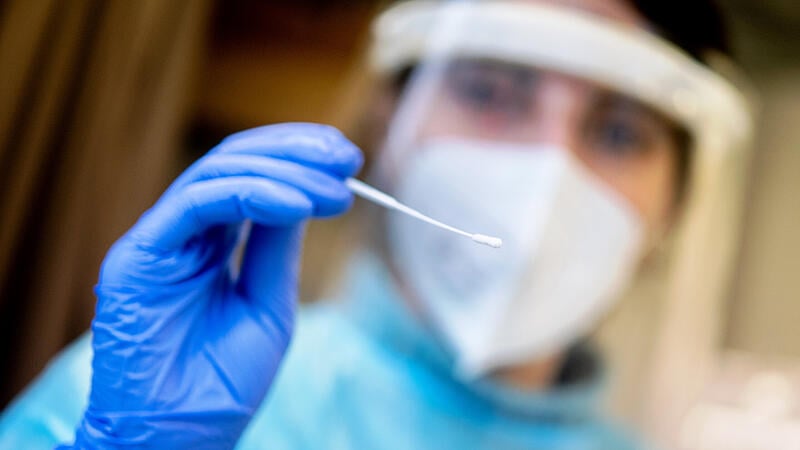According to AGES, there have now been exactly 4,029,935 confirmed cases. More and more people are becoming infected for the second or even the third time, especially in the omicron wave. Reinfections account for a total of 8.32 of all infections since May 2020. According to AGES, there have been 307,683 reinfections so far.
Only 52 reinfections in the first year
The majority of this occurred in March this year, when 133,982 reinfections were recorded. “Der Standard” and the “Ö1” morning journal first reported on the reinfections on Tuesday. 96 percent of the previous reinfections are attributable to the omicron variant, said Florian Bachner from the Austrian Health Service (GÖG) to “Ö1”. According to the AGES data, there were 52 reinfections in the first year of the pandemic, 2020; in the second year of the pandemic, 2021, there were already 13,089 new infections from people who had already recovered.
Significant increase due to omicron
These numbers increased significantly this year with the dominance of Omikron. In January there were almost 551,000 infections, of which 59,783 were already 10.85 percent reinfections. The Corona wave picked up momentum. In February, 742,493 infections were already laboratory-confirmed, of which 86,541 were reinfections, making up 11.66.
So far, most of the infections occurred in March this year, exactly two years after the first wave in Austria, which was relatively low at the time. AGES registered 1,029,520 infections in March, exactly 133,982 of which were infections after at least one ongoing infection. Thus, 13 percent were reinfections. In April there were 126,717 laboratory-confirmed SARS-CoV-2 cases by Monday, of which 14,236 were reinfections – that was 11.23 percent.
Around eight percent were infected several times
The AGES reinfection analysis is based on a total of 3,697,688 cases of infection, starting in May 2020. The first positive cases in Austria were on February 25, 2020. Since the pandemic began almost 26 months ago, around eight percent of those infected have contracted the virus again. A British study has shown that since the dominance of omicron, the risk of reinfection is 16 times higher than before, in Austria the risk is 13 times higher.
The reinfection data come from the Infection Epidemiology & Surveillance department of AGES, they have been corrected for multiple entries and meet the highest quality standards. This data is also the basis for the corona forecast and for the risk assessment of the traffic light commission. A team of four at AGES is responsible for data quality assurance, according to a background discussion.
What is reinfection?
It was emphasized that the classification of cases as reinfection is based on the reliability of the official case management according to the definition of reinfection. For the surveillance period after May 2021, the definition of the Ministry of Health for reinfection with SARS-CoV-2 was applied. These include people who have been tested negative at least once by means of a PCR test after the previous SARS-CoV-2 infection or those affected whose last PCR-based detection of a SARS-CoV2 infection was more than two months ago and who again have tested positive.
This interactive graphic is disabled
Please activate the category targeting cookies in your cookie settings to view this item. My cookie settings
Source: Nachrichten




